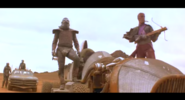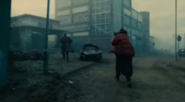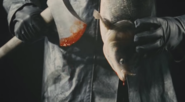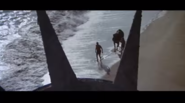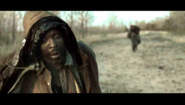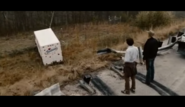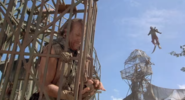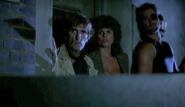This may be a controversial contender, but Waterworld is not on this list for its (less than) exceptional filmmaking, (lack of a) coherent plot, or (underwhelming) acting. Waterworld’s universe was, however, truly worth experiencing and analyzing. The entirety of the film’s setting is, as the title implies, a place where water has claimed all available land. Floating cities dot the vast oceans, and the search for solid land is tantamount to the quest for the Holy Grail. The ragtag aesthetics of the raft-supported settlements, and the general design of the ships throughout the world, appear consistent and convincing for the role that they serve. Waterworld, as a finished product, may not be the masterpiece that it could have been, but it’s a memorable and unique spin on the genre’s idea of world building.
Year of Release: 1995 | Production Studio: Gordon Company, Davis Entertainment, Licht/Mueller Film Corporation | Runtime: 135 minutes | Director: Kevin Reynolds | Lead Actors: Kevin Costner, Dennis Hopper, Jeanne Tripplehorn, Tina Majorino, Michael Jeter
Budget: $172 million | Box Office Earnings: $264 million | Rotten Tomatoes Score: 42% | IMDB Rating: 6.0

 GOAT Series Staff
GOAT Series Staff
